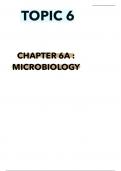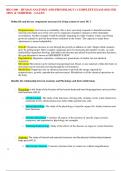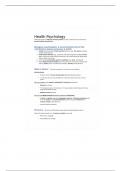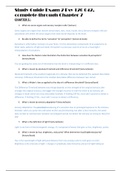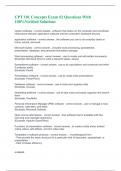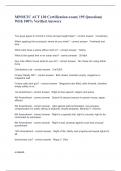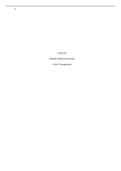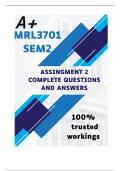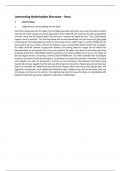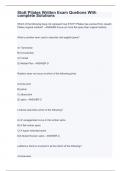Resumen
Summary Unit 4 notes biology IAL edexcel, Microbiology
- Biology notes that will help international a level students prepare for their unit 4 exam. - Consist of Chapter 5B: Ecology. - 95% typed notes with the other 5% being hand written usually in tables. - Useful tools to help learn and memorise them like emojis, diagrams, tables and shortcuts
[Mostrar más]
